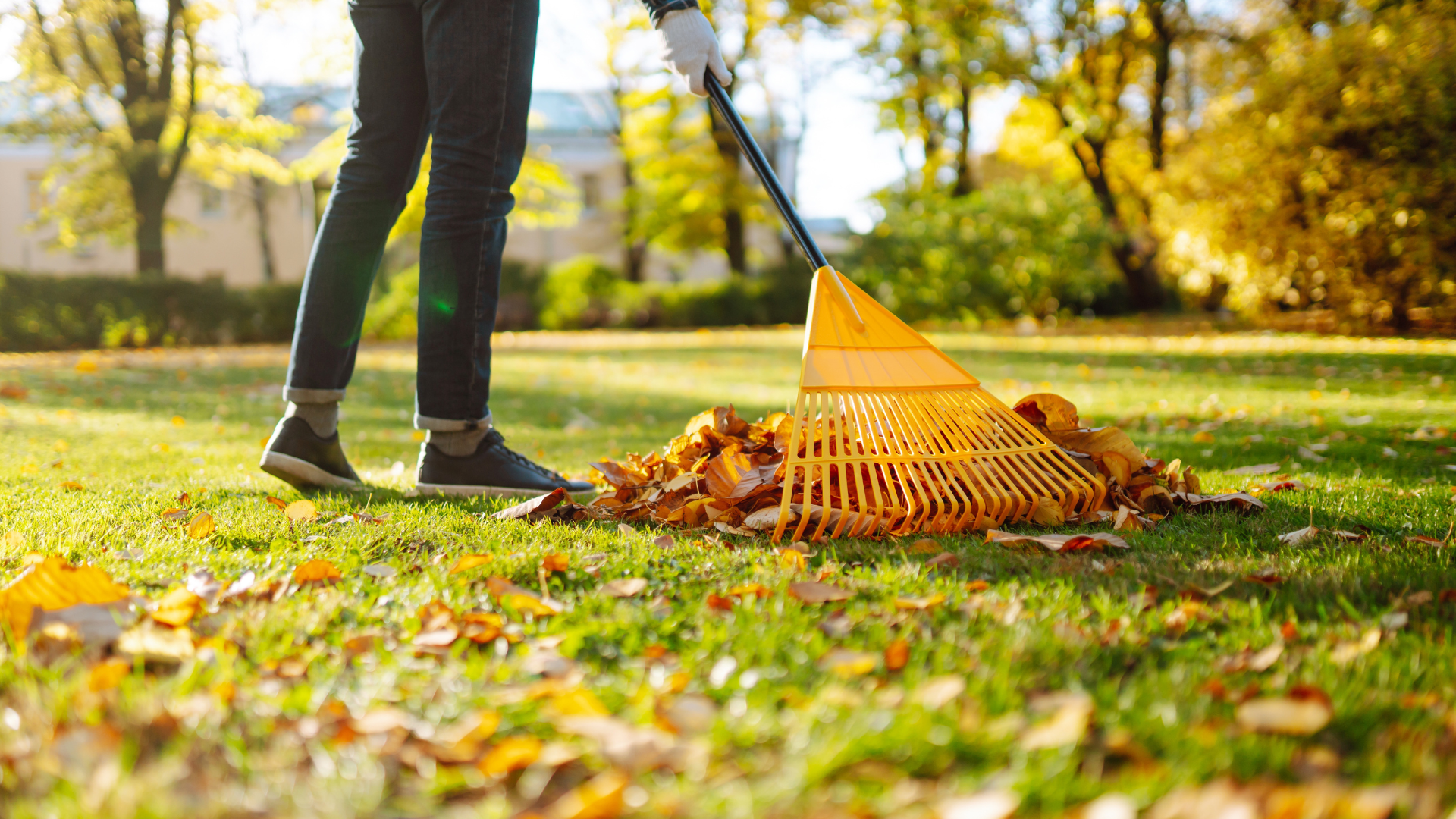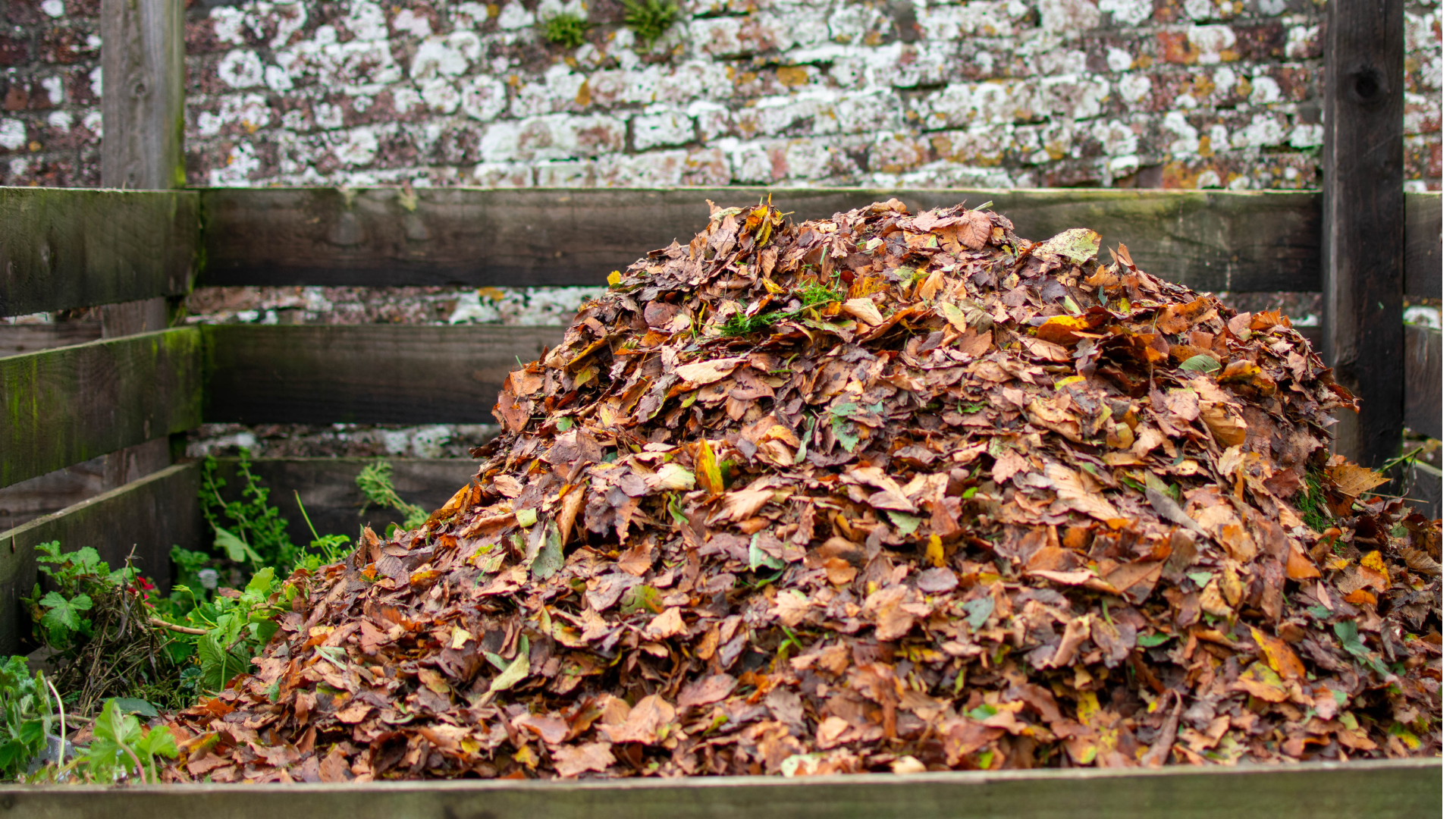As we approach the winter season, leaves are beginning to change colors and eventually will fall onto the ground. Raking and shoving the leaves into garbage bags is hard work with no payoff unless you make a pile to jump in. Regardless, most leaves are bagged up and left out for garbage day. However, there are ways to save and use those leaves to benefit your yard.
The Morton Arboretum in Illinois encourages people to save and repurpose falling leaves to nourish their gardens this autumn. “Decomposing leaves enrich the soil by releasing nutrients that support plant growth and strengthen root systems,” said Plant Clinic Manager Spencer Campbell.

Mulch
Leaves make a great mulch for perennial beds, vegetable gardens, or for trees and shrubs. By spring, most of the leaves that you rake into these areas will have broken down or disappeared. The reason for this is because the soil microbes consume them. Additionally, the leaves serve as a protective cover for native bees and other pollinators that burrow in the soil for winter hibernation.
However, when using the leaves for mulching, ensure that most are raked out of the yard. Lawns only benefit from mulched leaves, while whole leaves block the grass from much-needed sunlight. To prevent this from happening, consider shredding the leaves. “Shredded leaves look tidier and will not blow around as much when used as mulch,” Campbell said. “They also break down quicker on the lawn or in a compost pile.”
Shredding leaves is simple. While raking them, put them in a pile, but instead of jumping in a pile, run a lawn mower over them to dice them up. Then, evenly distribute the shreds throughout the yard, and eventually, they will break down and improve the soil for the grass.
Make Compost

“When we make compost, we are doing exactly what nature does all the time by recycling valuable nutrients for reuse,” said the Morton Arboretum. Leaves are a major ingredient for a successful compost pile. Leaves are like a foundation to a compost pile. Consider adding end-of-season annuals, weeds, and selected vegetable and fruit kitchen scraps.
After a few months, the resulting compost can be applied as a soil amendment, top dressing, or mulch. ‘
Insulation
Using a layer of leaves as insulation is a great way to fight off the winter frost in your vegetable garden. This helps prolong the fall harvest. Leaves help protect late crops, such as cabbage or spinach, against overnight frosts during cold months. When leaves are piled on top of root vegetables, such as carrots or beets, the soil freezes more slowly, allowing more time to harvest the veggies.
Whatever way you use fallen leaves, you can use them all year round if you save extra piles. They are a useful mulch all year, especially in the spring garden beds. Even the Morton Arboretum stores old leaves.
“Shredded leaves take up much less space than whole leaves, allowing you to stash more away,” Campbell said. “The Arboretum stores leaves behind the scenes in immense piles, where they slowly begin composting while they wait to be used as mulch.”







